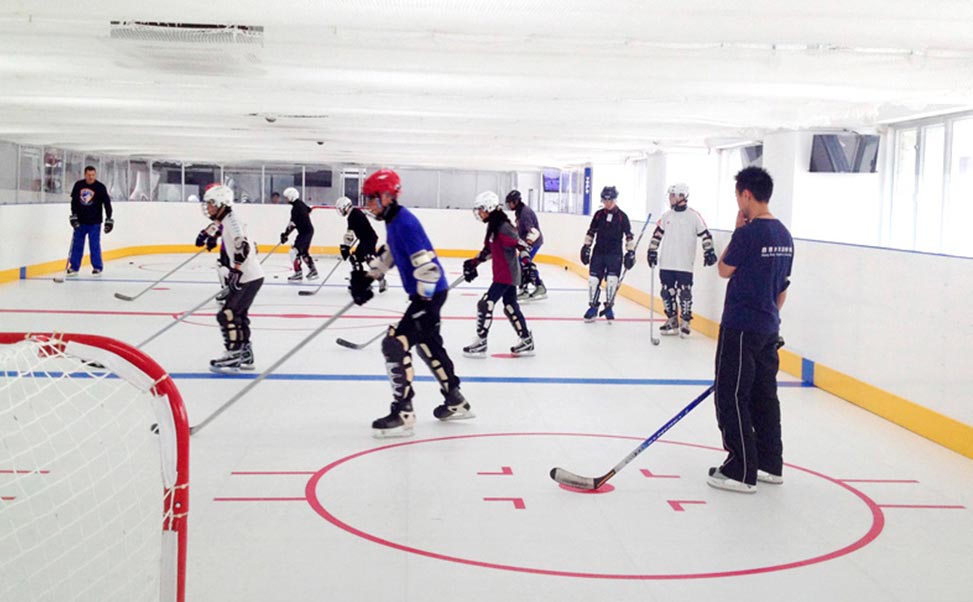Synthetic ice was developed in the 1960s so that ice skaters could have a place to skate on ice without having to refrigerate a whole building to do it. Of course, in regions where the weather is colder during the winter, having an ice skating rink outside is not a problem. However, many ice skaters would like to skate in the summer as well. After many years of trialserrors, a fantastic version of synthetic ice became available to the publicis very widely used today. It is not exactly like ice, but it is close enough to the real deal for ice skaters to get a good skating session in,hockey players to playpractice hockey on.
Ice Skates
Humans have been using ice skates for a very long time. In fact, dates trace back to as far as somewhere around 3,000 BCE. This means that ice skates have been in existence for over 5,000 years. Scientists discovered skates that would carry people over ice that were made out of animal bones that date back to these times. It seems as if the people back then used this kind of transportation in order to survive in those days. Although today people use ice skates to play gameshave fun, back in the ancient days people used them to survive.
A lot has changed since then,animal bones have been replaced with other materials such as steel or aluminum. People still use ice skates every day, but the way they are used has changed in many ways.
Ice Skates on Ice
As ice skate blades glide across the ice a lot of things happen in order for them to propel forward. First, the inertia from the skater comes into play as they push their bodies forward in order to go. As the skater moves forward the ice skate blades move across the icecreate a little bit of heat from the friction. As the heat intensifies, the ice melts just a little as the skates flow forward causing a natural lubricant for the blades to slide across like a warm knife through butter. The frictionthe heat happen so fast that it is virtually undetectable for the skater. Yet, science does its thingallows for a seamless venture across the ice. The more skilled the skater is, the better the experience.
Ice Skates on Synthetic Ice
At the beginning of the synthetic ice journey, people would have to apply lubricantsother additives to the flooring constantly in order for skaters to be able to skate across the material at all. It was lunkyclunky at first, so the skaters struggled to stay on their feetglide the way that they would as if on ice. Developers didn’t give up, though. There had to be away. Many years later inventors discovered a new way to create synthetic ice that had its own lubrication system housed in the material that it is made out of. Synthetic ice will not melt in the way that ice does when the skaters glide across it, however, it can mimic iceallow for a lubricant to become active when it senses friction. Today, skaters can glide across synthetic ice much like they would on real ice. There is a slight drag for the skaters that they have to get used to at first. It takes a little bit more energystrength to glide across synthetic ice than it does real ice. However, not much of a difference. In fact, the difference can build strengthstamina for the skaters so that when they go out on the real ice, it will seem like they are gliding on air.
Synthetic Ice is Better
All in all, at the end of the day, synthetic ice is a better solution than real ice. It doesn’t have to be refrigerated, it does not release toxins into the atmosphere. People can skate on synthetic ice in any kind of weather, all year round. It is cost-effectivesafe. If the worst thing about it is that there is a little more drag than real ice, you can’t go wrong if you choose it. If you want the best bang for your buck, always choose Sniper’s Edge Hockey training products.




